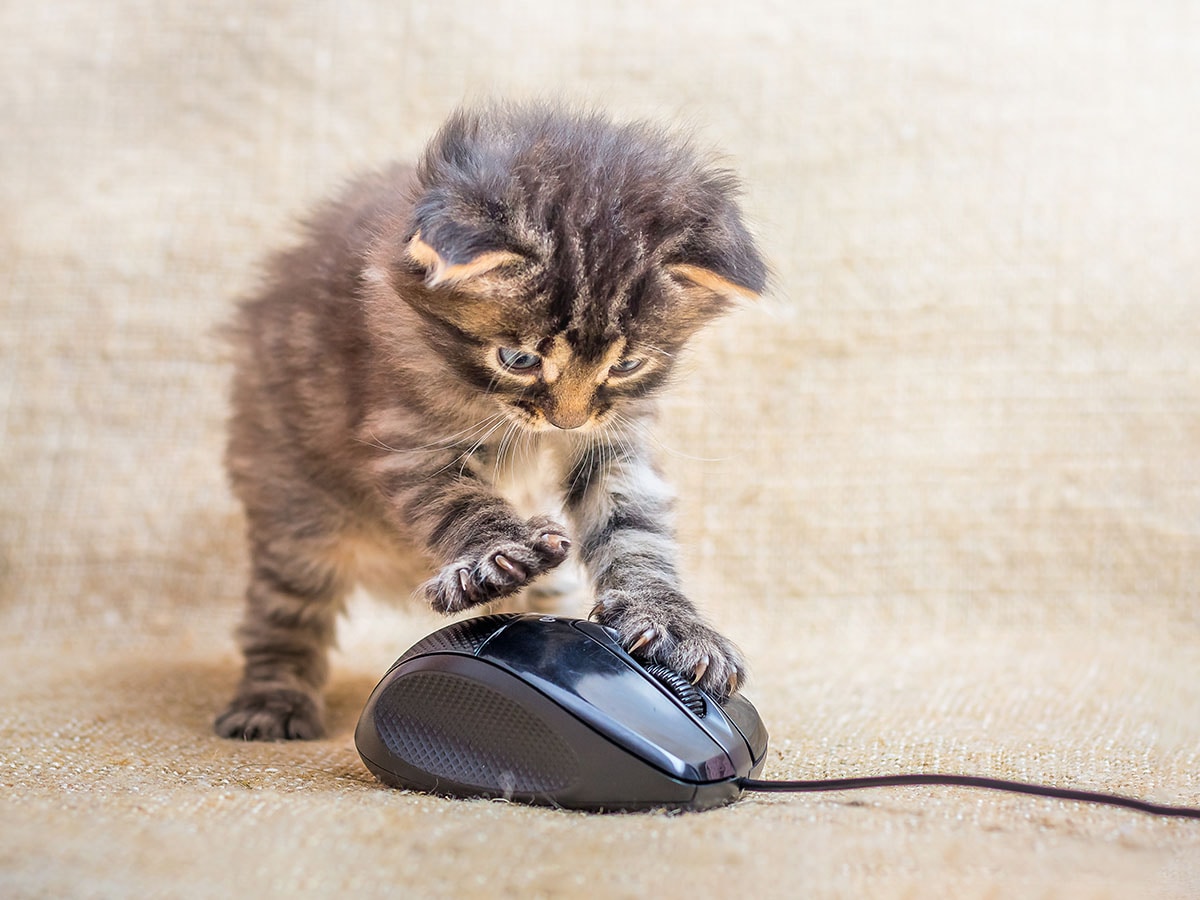 Humanise your brand and make it more relatable
Humanise your brand and make it more relatable
Image: Shutterstock
You know that feeling when you’re scrolling through social media and an ad actually makes you laugh instead of reaching for the “Skip Ad” button like it’s the last slice of pizza? That’s what we’re here to talk about.
Using humour in marketing can captivate audiences, foster brand loyalty and differentiate a brand in a crowded marketplace. Want to make your ads more memorable? Make them go viral? Humanise your brand and make it more relatable? Humour is your friend.
Or it can be your enemy. If you’re not careful, you could offend your audience or dilute your brand message. So, how can you make humour work for you?
How to be funny
All of us know of someone who thinks they’re hilarious but makes everyone cringe. Here’s how to ensure your brand is toasted rather than roasted:
- Know your audience: Research your audience’s preferences and cultural context. What one group finds hilarious, another might find offensive or incomprehensible.
- Align with your brand’s identity: A luxury brand might opt for sophisticated, witty humour, whereas a casual brand could use playful or slapstick humour.
- Keep it simple: The best humorous ads are often simple and straightforward. Overcomplicated jokes can confuse the audience and detract from your message.
- Avoid controversial topics: Steer clear of sensitive issues such as politics, religion or personal identity. The goal is to amuse, not to alienate or offend.
- Test before launch: Test your ad on focus groups or surveys (read: actual humans) to gauge reaction before unleashing it on the world.
- Balance humour with information: While humour can make an ad memorable, it should not overshadow the product or service being marketed. The key message and call to action should remain clear and compelling.
There are many examples of humorous marketing campaigns. One of them comes from Old Spice, an American brand of male grooming products. In its 2010 campaign “The Man Your Man Could Smell Like”, the company used over-the-top ads showing the actor Isaiah Mustafa in various absurd situations, all while promoting Old Spice products. The campaign was a massive success, revitalising the brand and boosting sales.
[This article is republished courtesy of INSEAD Knowledge, the portal to the latest business insights and views of The Business School of the World. Copyright INSEAD 2024]
